Securing your home is a vital step towards ensuring the safety of your family and property. A home security system provides peace of mind by deterring potential intruders and alerting you to any unusual activity. Installing a home security system can seem daunting, but with the right guidance, you can protect your home efficiently and effectively. This guide will walk you through how to install a home security system, from choosing the right equipment to ensuring proper installation and configuration.
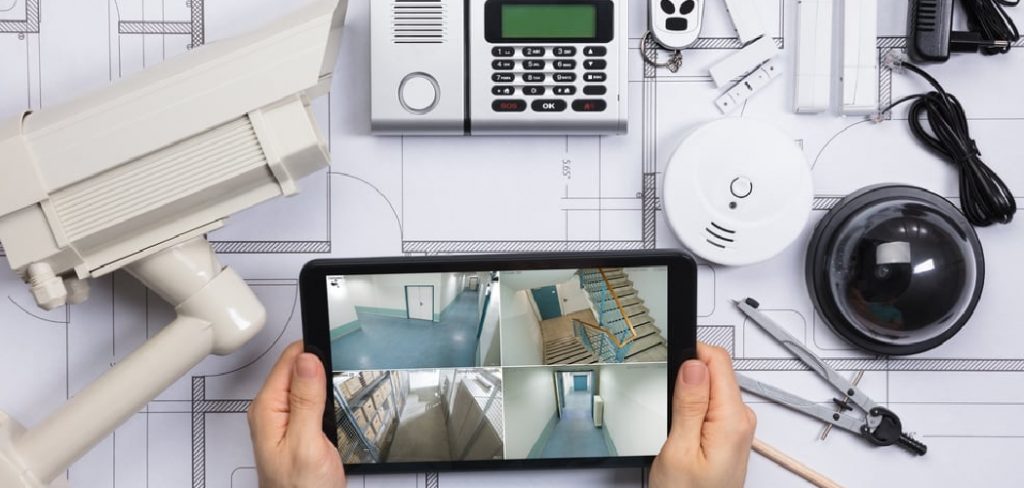
Importance of Home Security Systems
Home security systems play a crucial role in safeguarding your residence from potential threats and providing a sense of security. One of the primary benefits is their ability to deter crime. Studies have shown that homes equipped with security systems are less likely to be targeted by burglars compared to those without such measures. Additionally, modern security systems often come with advanced features like smart home integration, video surveillance, and real-time alerts, which allow homeowners to monitor and control their homes remotely.
Beyond deterring criminal activity, these systems also provide protection against other emergencies, like fires or carbon monoxide leaks, ensuring that you and your loved ones are promptly informed and protected. In essence, a comprehensive home security system serves as a vigilant guardian, ever-watchful and ready to alert you at the sign of danger, making it an indispensable part of homeownership.
Choosing the Right Security System
Selecting the appropriate security system for your home involves considering several key factors to ensure it meets your specific needs. First, evaluate the size and layout of your property to determine the coverage area required. Larger homes may necessitate more sensors and cameras compared to smaller spaces. Next, identify the primary threats you’re most concerned about, such as burglary, fire, or environmental hazards, to ensure the system you choose can address these effectively.
Consider the smart features that may be beneficial, such as remote monitoring, smartphone alerts, and integration with other smart devices in your home. It’s also important to assess the level of professional monitoring you desire; some homeowners prefer self-monitoring via mobile apps, while others might opt for 24/7 professional monitoring services for added peace of mind.
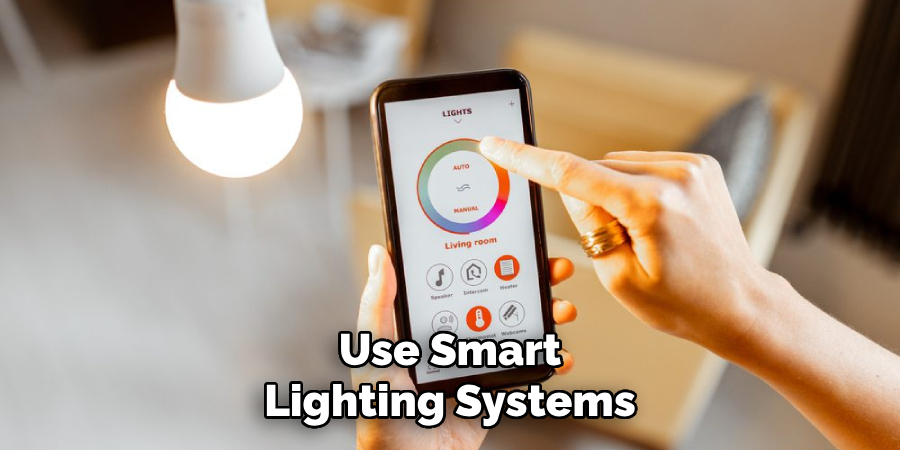
10 Methods How to Install a Home Security System
1. Plan Your Home Security Layout
The first step in installing a home security system is to plan your layout carefully. Begin by assessing your home’s vulnerabilities and determining where to place security devices like cameras, motion detectors, door/window sensors, and alarms. Focus on entry points such as doors, windows, and garages, as these are common points of entry for burglars. For larger homes, consider adding security devices to multiple floors and areas that are hidden from view.
Having a clear plan before starting the installation will help you determine how much equipment you need and where to place it for the best coverage. Measure distances for wiring (if needed) and check Wi-Fi coverage for wireless systems, ensuring that all areas are within range.
2. Select the Right Security System
Choosing the right home security system is crucial for a smooth installation process. There are various types of systems available, including wired, wireless, and hybrid systems that combine both. Wireless systems are easier to install as they don’t require extensive wiring, making them ideal for DIY installations. Wired systems, however, provide a more stable connection and are harder to tamper with, but they often require professional installation.
Make sure the system you choose is scalable, allowing you to add more components in the future if needed. Many modern systems offer smart features like app control, real-time notifications, and integration with home automation devices.
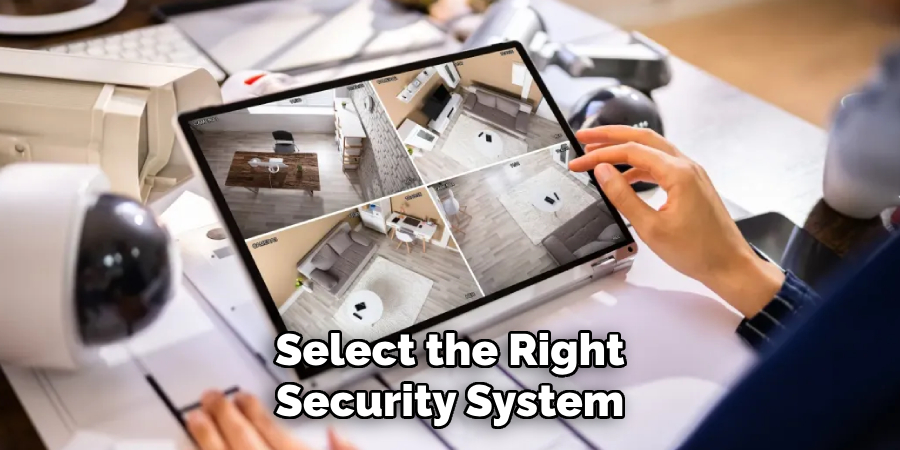
3. Mount Security Cameras in Key Locations
Installing security cameras is one of the most important steps in securing your home. Mount the cameras in strategic locations that cover high-risk areas, such as the front and back doors, side entrances, and any windows that face isolated areas. Outdoor cameras should be weather-resistant and positioned high enough to avoid tampering but low enough to capture clear footage.
For optimal performance, use cameras with wide-angle lenses to cover large areas. Ensure the cameras have night vision capabilities for round-the-clock surveillance. Wireless cameras are easier to install as they don’t require extensive wiring, but you must ensure a strong Wi-Fi signal to prevent disruptions in the video feed.
4. Install Door and Window Sensors
Door and window sensors are critical for detecting unauthorized access. These sensors come in two parts: one part is installed on the door or window, while the other part is mounted on the frame. When the door or window opens, the sensor detects the break in the magnetic field and triggers an alarm or sends a notification to your phone.
Place sensors on all exterior doors, including patio doors, garage doors, and any large windows. Installation is typically straightforward—most sensors come with adhesive backing, making them easy to attach without the need for screws or nails.

5. Set Up Motion Detectors
Motion detectors are an essential part of any home security system as they detect movement within a defined range. Place them in high-traffic areas where an intruder is most likely to pass, such as hallways, stairwells, and rooms with multiple entry points. Make sure they are positioned in such a way that they cover the most space.
Motion detectors should also be placed in areas that don’t have direct camera coverage to ensure comprehensive protection. Some advanced motion detectors can differentiate between human movement and pets, reducing the risk of false alarms.
6. Install the Central Control Panel
The central control panel is the heart of your home security system, allowing you to arm and disarm the system, monitor alerts, and control all connected devices. Choose a central location in your home that’s easily accessible, such as near the front door or in the hallway, so you can quickly arm or disarm the system when entering or leaving the house.
Some control panels come with touchscreen interfaces and smart home integration, allowing you to manage your security system remotely using a smartphone app. Be sure to secure the control panel by setting up a PIN or password to prevent unauthorized access.
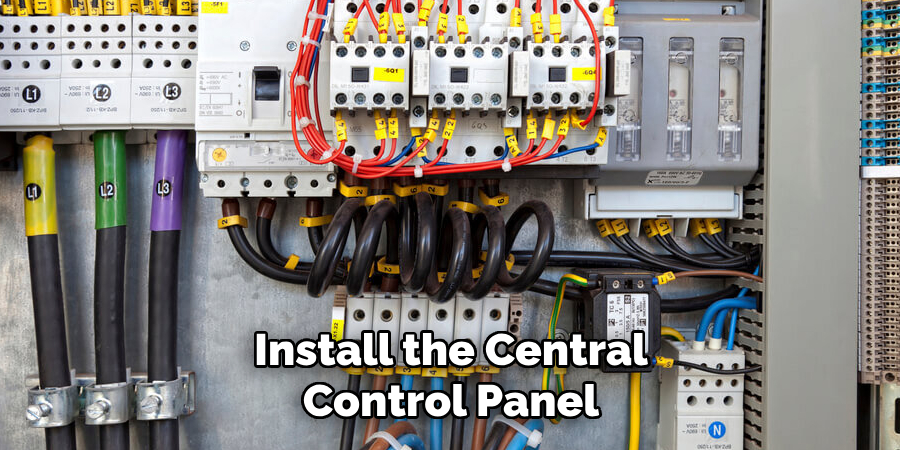
7. Install Smart Locks and Access Control
Smart locks are a valuable addition to any home security system, offering keyless entry and remote control through a smartphone app. These locks can be easily installed on most standard doors. Follow the manufacturer’s instructions to ensure the smart lock is securely mounted and aligned with the door’s existing locking mechanism.
Once installed, sync the smart lock with your security system’s app and create unique access codes for family members or service providers. Smart locks also provide a layer of convenience, as you can lock or unlock the door remotely and monitor who enters or exits your home.
8. Integrate Environmental Sensors
Environmental sensors, such as smoke detectors, carbon monoxide detectors, and flood sensors, add an extra layer of protection to your home security system. These sensors alert you to potential dangers such as fires, gas leaks, or water damage. Install smoke and carbon monoxide detectors in key areas like the kitchen, living room, and near bedrooms.
Flood sensors should be placed in areas prone to water damage, such as the basement or under sinks. These sensors can often be integrated into your home security system and monitored through the same app, allowing you to receive alerts and take action quickly in case of an emergency.
9. Test and Calibrate All Devices
Once all components of your home security system are installed, it’s crucial to test and calibrate everything to ensure that it’s functioning properly. Start by testing each door and window sensor, making sure they trigger alarms or notifications when opened. Test the motion detectors by walking through their range, checking that they detect movement and send alerts accordingly.
Test the control panel by arming and disarming the system and verifying that all sensors and cameras are communicating correctly. Additionally, make sure your security cameras provide clear video footage and that the live feed can be accessed from your smartphone app.
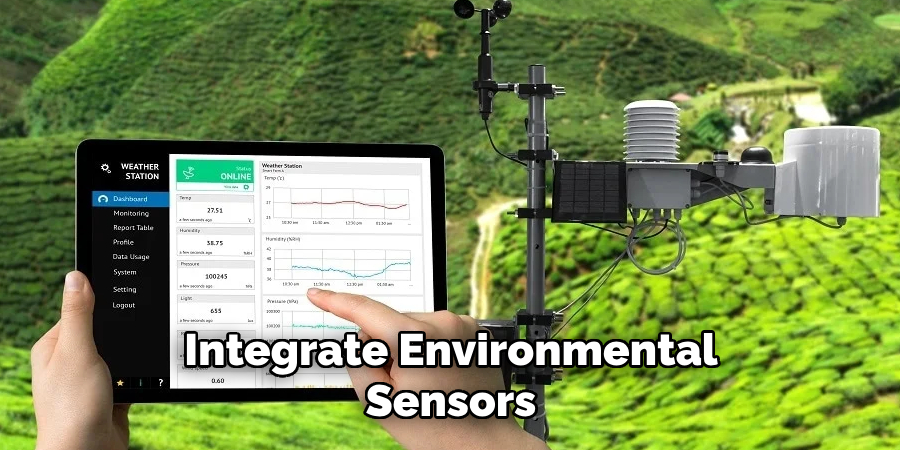
10. Set Up Monitoring and Alerts
The final step in installing your home security system is setting up monitoring and alerts. Many home security systems offer professional monitoring services that automatically contact emergency services in case of a break-in, fire, or other emergency. If you opt for professional monitoring, ensure that your system is connected to the service and that all devices are properly synced.
If you prefer self-monitoring, set up push notifications through your security system’s app so that you’re alerted to any activity. Customize alerts based on your preferences, whether you want notifications for every door opening or only in case of suspicious movement.
Conclusion
Installing a comprehensive home security system is an essential step in safeguarding your property and ensuring peace of mind. By carefully assessing your home’s specific needs and strategically placing sensors, detectors, and cameras, you can enhance the safety of your living environment. Regular testing and maintenance are crucial for keeping these systems operational and responsive to any potential threats. Thanks for reading, and we hope this has given you some inspiration on how to install a home security system!
About
Safety Fic is a distinguished figure in the world of Diy design, with a decade of expertise creating innovative and sustainable Diy solutions. His professional focus lies in merging traditional craftsmanship with modern manufacturing techniques, fostering designs that are both practical and environmentally conscious. As the author of diy, Safety Fic delves into the art and science of Safety Fic-making, inspiring artisans and industry professionals alike.
Education RMIT University
(Melbourne, Australia) Associate Degree in Design (Safety Fic) Focus on sustainable design, industry-driven projects, and practical craftsmanship. Gained hands-on experience with traditional and digital manufacturing tools, such as CAD and CNC software.
Nottingham Trent University
(United Kingdom) Bachelor’s in diyfastly.com and Product Design (Honors) Specialized in product design with a focus on blending creativity with production techniques. Participated in industry projects, working with companies like John Lewis and Vitsoe to gain real-world insights.
Publications and Impact
In diy, Safety Fic his insights on indoor design processes, materials, and strategies for efficient production. His writing bridges the gap between artisan knowledge and modern industry needs, making it a must-read for both budding designers and seasoned professionals.
